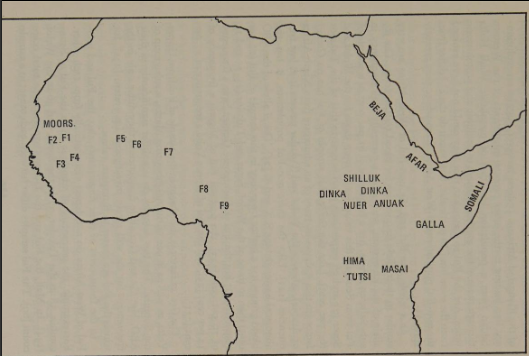When Morgan Worthy examined the eye color of white NFL players his big finding was that quarterbacks were much more likely to have blue eyes. But he also interestingly found that the blacker the NFL position, the darker eyed the whites who play it tend to be. 

A body of research indicates that neuromelanin tends to increase speed and reaction time which helps to explain why dark eyes are the default across animal species. While blue eyes are very useful for playing QB, it seems dark eyes are more useful for practically everything else
Once you start to pay attention to eye color in daily interactions what you'll start to find is that darker eyed whites tend to have faster, livelier expressions; they even blink faster than the blue eyed (I have a pretty strong bias for brown eyed girls).
It would be very hard to assemble a sample, but I think if you examined a large number of North European boxers you would see more brown eyes than chance, that being the sport where lightning speeds pays the greatest dividends.
• • •
Missing some Tweet in this thread? You can try to
force a refresh

























